General Management of
Organic Farming Operations
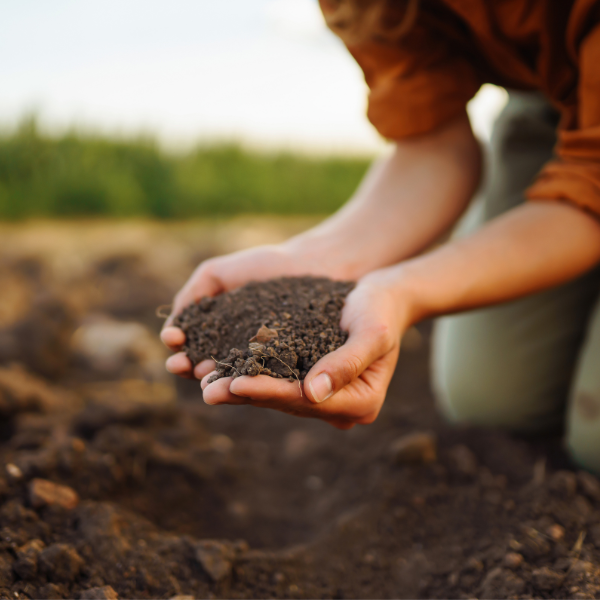
Soil Fertility
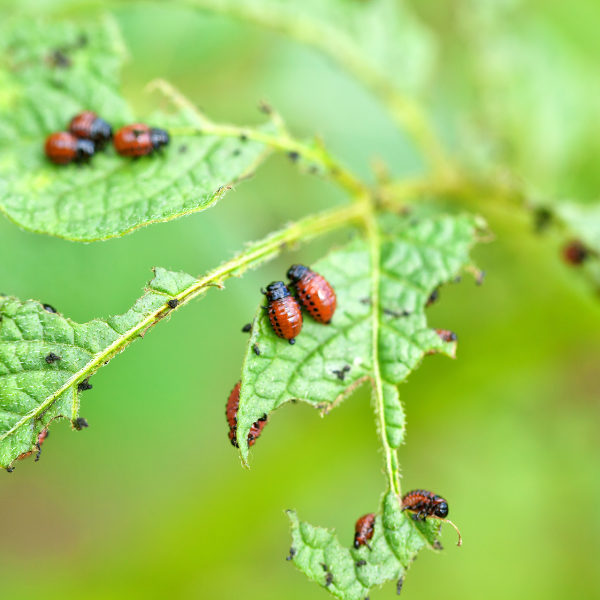
Pest Management
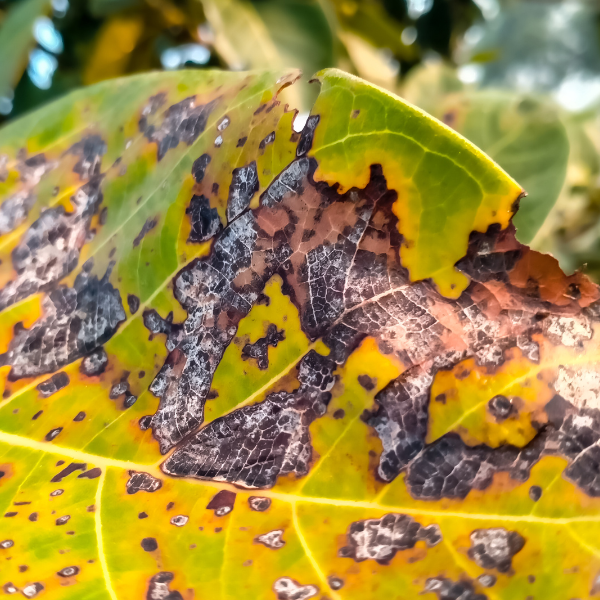
Disease Management
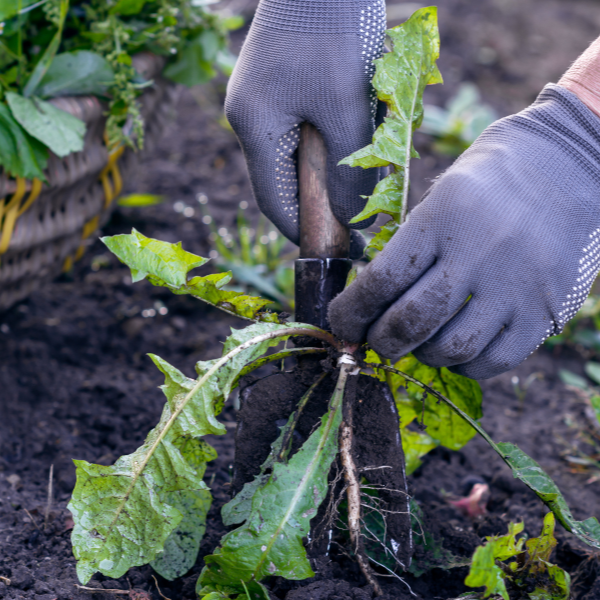
Weed Management

Recordkeeping

Transition Challenges & Tipcs
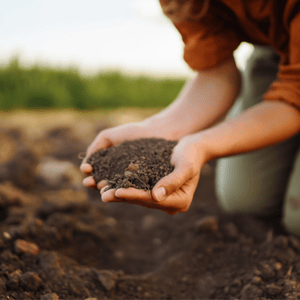
Soil Fertility
Organic Inputs
- Compost: Made from organic plant residues, manure, or food waste (NOP-compliant composting process). Provides nitrogen, phosphorus, and micronutrients.
- Cover Crops: Legumes (e.g., clover, vetch) or grasses (e.g., rye) planted between tree rows to fix nitrogen, reduce erosion, and enhance soil structure.
- Manure: Organic livestock manure applied at 120 days before harvest to prevent pathogen contamination.
- Fish Emulsion: Non-synthetic liquid fertilizer for foliar or soil application to boost nitrogen (must be NOP-approved)
Practices
- Conduct soil tests every 1-2 years to assess nutrient needs and pH (ideal pH for most tree fruits: 6.0-6.5).
- Mulch with organic materials (e.g., straw, wood chips) around tree bases to retain moisture and add organic matter.
- Use drip irrigation to optimize water use and minimize nutrient leaching.
- Rotate cover crops annually to prevent nutrient depletion and pest buildup.
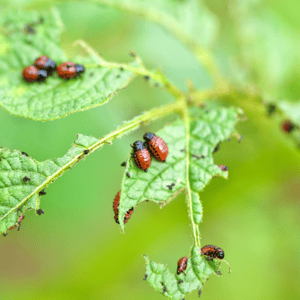
Pest Management
Organic Inputs
- Neem Oil: Non-synthetic botanical insecticide for aphids, mites, and scale (NOP-approved formulations).
- Kaolin Clay: Non-synthetic mineral-based spray (e.g., Surround WP) to deter pests like codling moth and plum curculio by creating a physical barrier.
- Spinosad: Naturally derived microbial insecticide for codling moth, thrips, and leafrollers (allowed under strict NOP guidelines).
- Pheromone Traps: Non-synthetic mating disruptors for pests like codling moth or oriental fruit moth (allowed on National List).
- Bacillus thuringiensis (Bt): Non-GMO microbial insecticide for caterpillar pests (e.g., leafrollers), applied during larval stages.
Practices
- Release beneficial insects (e.g., ladybugs, lacewings, trichogramma wasps) to control aphids, mites, and moth eggs.
- Use sticky traps or trunk bands to monitor and reduce pest populations.
- Prune trees to improve air circulation and reduce pest habitat.
- Implement IPM: scout weekly for pests, use degree-day models for timing interventions, and prioritize cultural controls.
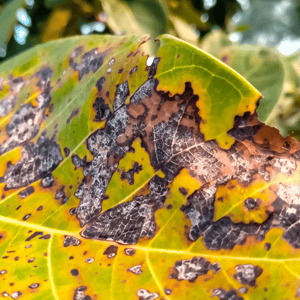
Disease Management
Organic Inputs
- Sulfur: Elemental sulfur (non-synthetic) for fungal diseases like apple scab, powdery mildew, or brown rot (apply per NOP restrictions).
- Copper-Based Fungicides: Fixed copper (e.g., Bordeaux mixture) for fire blight, peach leaf curl, or anthracnose (limited use per National List).
- Compost Tea: Aerated, non-synthetic to enhance microbial activity and suppress foliar diseases (must be NOP-compliant).
- Lime Sulfur: Non-synthetic for fungal diseases and some pests (e.g., scale), applied during dormant season.
Practices
- Select disease-resistant cultivars (e.g., ‘Liberty’ apples for scab resistance) to reduce fungicide needs.
- Remove and destroy infected plant debris to minimize disease carryover.
- Time sprays based on weather conditions (e.g., apply sulfur before rain to prevent scab).
- Maintain orchard sanitation: prune dead wood, remove mummified fruit, and mow cover crops to reduce humidity.
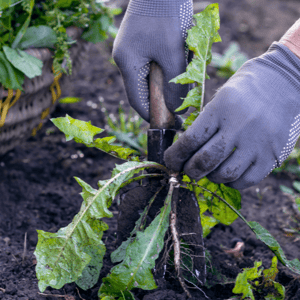
Weed Management
Organic Inputs
- Mulches: Organic straw, wood chips, or cardboard around tree bases to suppress weeds and retain moisture (ensure non-GMO and untreated).
- Vinegar (Acetic Acid): Non-synthetic horticultural vinegar (20% concentration) for spot treatment of young weeds (NOP-approved).
- Corn Gluten Meal: Non-synthetic pre-emergent weed suppressant (apply early spring, limited efficacy in orchards).
Practices
- Mow or scythe between tree rows to manage weeds and maintain cover crops.
- Use flame weeding or mechanical cultivation (e.g., weed badger) around trees, avoiding root damage.
- Hand-weed in critical areas (e.g., tree bases) to prevent competition.
- Plant dense cover crops (e.g., clover) to outcompete weeds and reduce bare soil.

Recordkeeping
Maintain an Organic System Plan (OSP) documenting:
- Land history (no prohibited substances for 36 months).
- Input sources, including supplier certifications and NOP approval.
- Pest, disease, and weed management activities, including dates and rates.
- Soil test results, fertility practices, and buffer zone management.
- Harvest and sales records to ensure traceability.

Transition Challenges & Topics
- Challenge: Pest and disease pressure without synthetic chemicals.
-
- Tip: Start with resistant varieties, enhance biodiversity with hedgerows, and consult organic orchardists for IPM strategies.
- Challenge: Reduced yields during transition due to soil adjustment.
- Tip: Apply compost and cover crops early to build soil health; seek EQIP funding for conservation practices.
- Challenge: Weed control without herbicides.
- Tip: Use heavy mulching and frequent mowing; experiment with living mulches like clover to suppress weeds.
- Challenge: Learning curve for organic pest/disease timing.
- Tip: Attend organic farming workshops (e.g., SARE programs) and network with certified organic tree fruit growers.
Additional Resources
- USDA National Organic Program: www.ams.usda.gov/nop for standards and certifier lists.
- Organic Materials Review Institute (OMRI): www.omri.org for approved input lists.
- SARE: www.sare.org for organic farming research and grants.
- Local Organic Networks: Connect with state organic associations or extension services for mentorship.
By implementing these organic inputs and practices, livestock and tree fruit farmers can successfully navigate the 36-month transition period, build sustainable systems, and achieve USDA Organic Certification. Always verify inputs with your certifier and maintain meticulous records to ensure compliance
